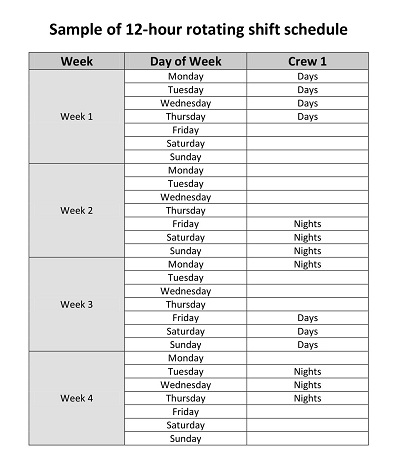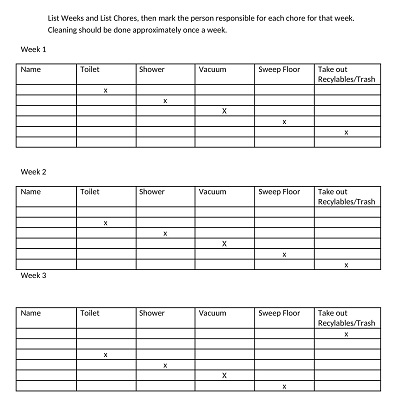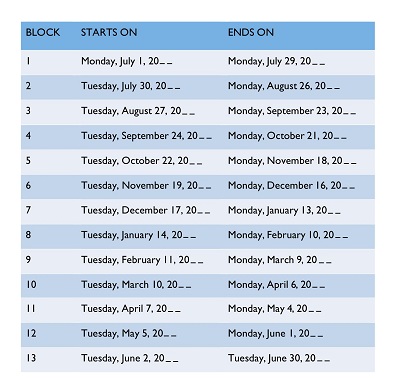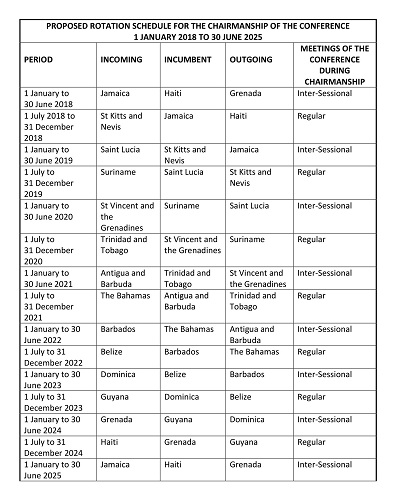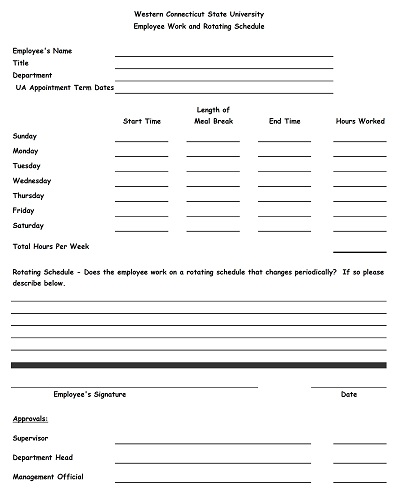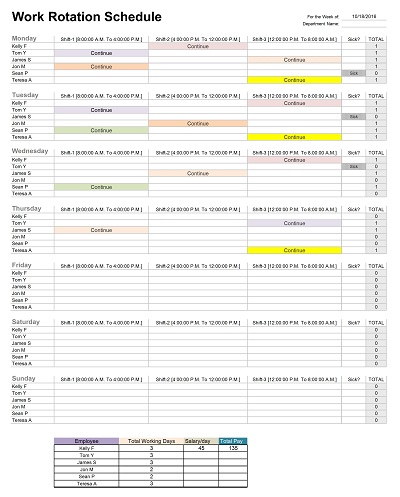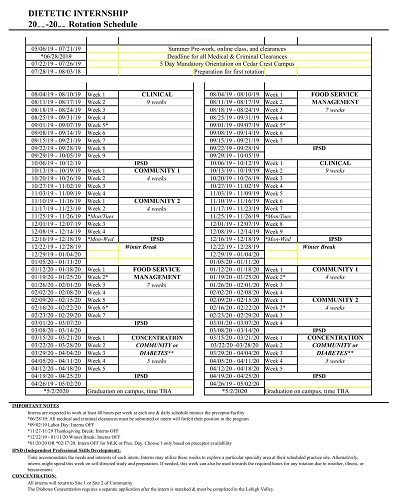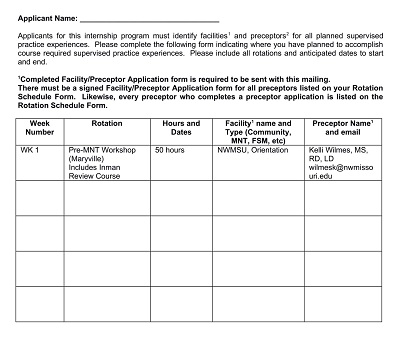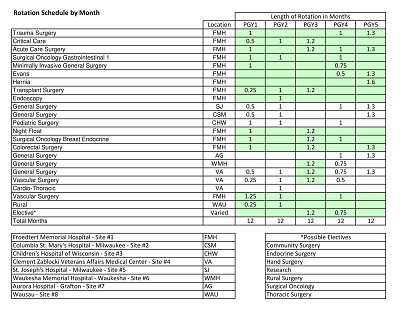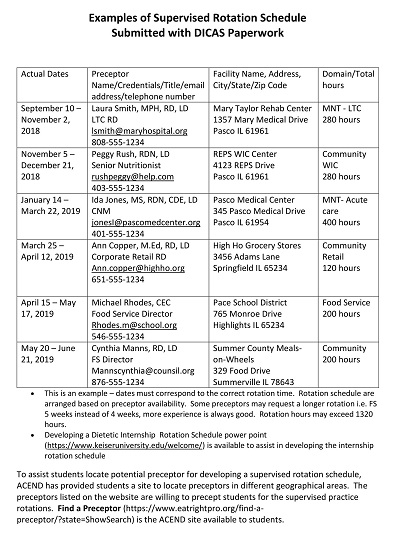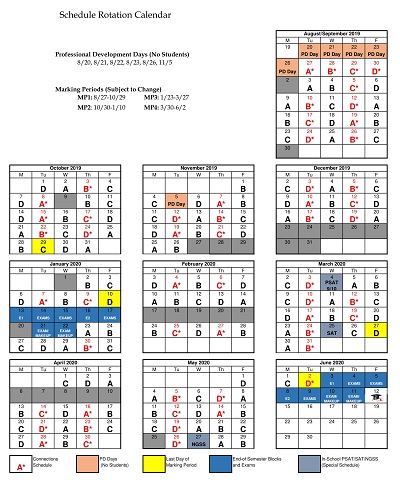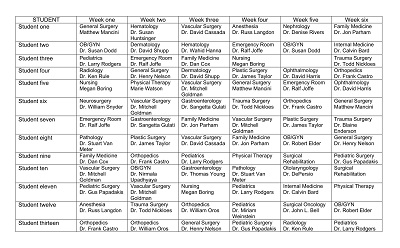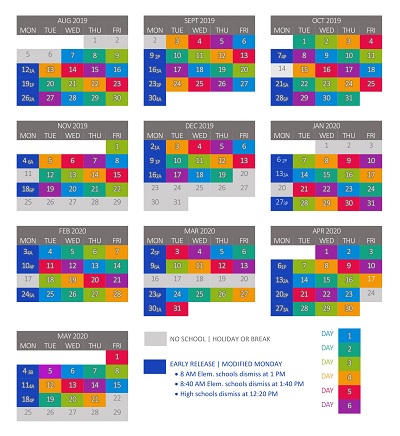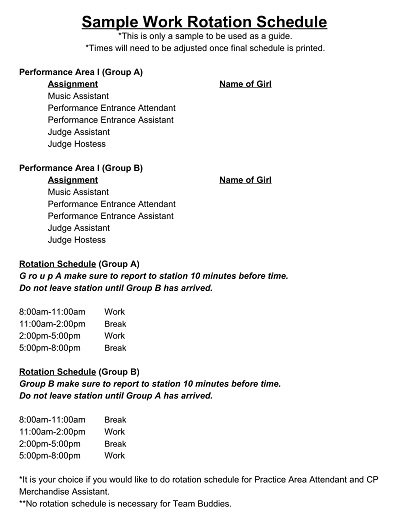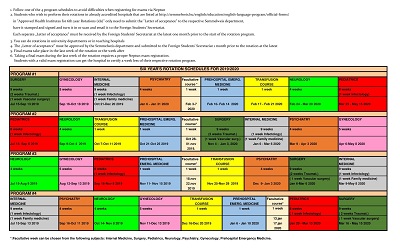26+ Free Work Rotation Schedule Templates – Printable PDF, Word
The Work Rotation Schedule Template is a helpful tool designed to ease the process of scheduling work rotations and manage human resources more efficiently. This template can be tailored according to the company’s specific needs and serves as a guide for both managers and employees.
With this tool, managers can create a rotation plan that will ensure that all tasks are covered, reducing the risk of labor shortage, and employee burnout. The template also promotes equity in the distribution of tasks among employees, encouraging a fair and unbiased work environment. By making use of the Work Rotation Schedule Template, companies can streamline their HR processes and optimize their workforce, ensuring greater productivity and job satisfaction.
Download Free Work Rotation Schedule Templates
Types of Work Rotation Schedule
One of the significant factors that affect employee productivity is the work schedule. Many companies today have adopted various work rotation schedules to ensure maximum productivity and job satisfaction. However, not all work rotation schedules work for every job and employee. Here are some different work rotation schedules and their benefits and drawbacks.
Fixed Rotation Schedule
A Fixed Rotation schedule is the most traditional type of work schedule. It involves a constant pattern of working hours, rest days, and off days. This schedule is typically used in manufacturing, logistics, or production companies. The benefit of a Fixed Rotation Schedule is that employees know their work schedule for an extended period, which helps them plan their personal lives better. However, this type of schedule can become monotonous and result in disengagement from work.
Flexible Rotation Schedule
A Flexible Rotation Schedule includes a shift-based approach that allows employees to work different hours and days of the week, depending on the employee’s preference. The flexibility of this schedule means that employees get to choose when and how they work while meeting the business demand. The benefits of a Flexible Rotation Schedule are that employees can choose work hours that fit their schedules and lifestyle, making the work-life balance more manageable. However, this type of schedule requires a lot of communication and organization to manage effectively.
Rotating Shift Schedule
A Rotating Shift Schedule involves working on a constant rotation of different shifts in a specific time frame. An example of this schedule is two days of morning shift followed by two days of evening shift, then two nights of night shift before starting the cycle over again. This schedule is commonly used in healthcare, aviation, and law enforcement industries. The benefits of a Rotating Shift Schedule are that it provides a more equitable work balance and allows for more flexibility. However, this type of schedule can be challenging for employees to adjust to since it requires changing sleeping and waking hours frequently.
On-Call Schedule
An On-Call Schedule is best suited for employees who work for emergency services or in the IT industry, where they must be available to deal with issues that arise outside of normal working hours. The On-Call Schedule requires employees to be available at all times and be able to respond promptly to any call, text, or email that requires their attention. The advantages of this schedule are that employees are compensated for their availability and are remunerated additionally for every call they attend. However, the drawbacks are that there is no time for relaxation, and it can be challenging to maintain a work-life balance.
Compressed Workweek Schedule
A Compressed Workweek Schedule compresses a full week’s working hours into fewer days, often with longer shift hours. This schedule is typically used by companies that operate in industries where employees work a significant amount of overtime. The primary benefit of this schedule is that employees can get more time off work without taking a vacation because they work longer hours on fewer days. However, working for extended periods can be challenging for employees who may experience burnout from overworking.
Benefits Of Implementing A Work Rotation Schedule In The Workplace
Introducing a work rotation schedule in the workplace can offer several advantages, benefiting both the employees and the company. By rotating job responsibilities, staff members can acquire new skills, gain a broader understanding of business operations, and improve job satisfaction. This strategy also ensures that no employee becomes overworked or bored with their job, as they are allowed to switch things up and engage in different tasks.
A work rotation schedule also promotes collaboration and teamwork within departments, allowing for a smoother workflow and higher productivity overall. By implementing a work rotation schedule, companies can reap the benefits of a more well-rounded and satisfied workforce.
How to Create a Work Rotation Schedule Template
A manager or supervisor must have an organized and efficient work schedule to ensure productivity and employees’ equitable workload distribution. One way to achieve this is by implementing a work rotation schedule that rotates employees across various shifts, days, or departments. Creating such a schedule from scratch can be intimidating, but with a few tips, it’s achievable. Below is a step-by-step guide on how to create a work rotation schedule template.
- Determine your requirements: The first step in creating a work rotation schedule template is to know your needs. Clearly define the tasks that require completing and your company’s working hours, vacation obligations, and employment laws that may impact the scheduling process. Document all these requirements in a spreadsheet or paper document for easy reference.
- Decide on a rotation pattern: Next, decide on the rotation pattern. Common rotation types include the “week on/week off” schedule, where employees work for a week and then take a week off, and the “four on/four off” schedule, where employees work four days on and then four days off. Ensure the chosen pattern meets your requirements and ensures adequate workload distribution on every shift.
- Assign employees to shifts: Once you have your rotation pattern, select the employees to work each shift. You may want to consider their skills, seniority, preferences, and compliance with employment laws. Be sure to distribute the shifts fairly to avoid discrimination.
- Create the template: With employees’ shifts assigned, you can create a template that records the schedule for each employee for the specified timeframe. Use a calendar or spreadsheet to visualize the work rotation schedule better, noting the days of the week and shift start and end times. Make sure the template is clear and legible to avoid any confusion.
- Communicate with employees: Once the template is complete and has been reviewed by management, communicate it with the employees. Provide each member with a printed or digital copy and ensure they understand how the rotation schedule operates.

